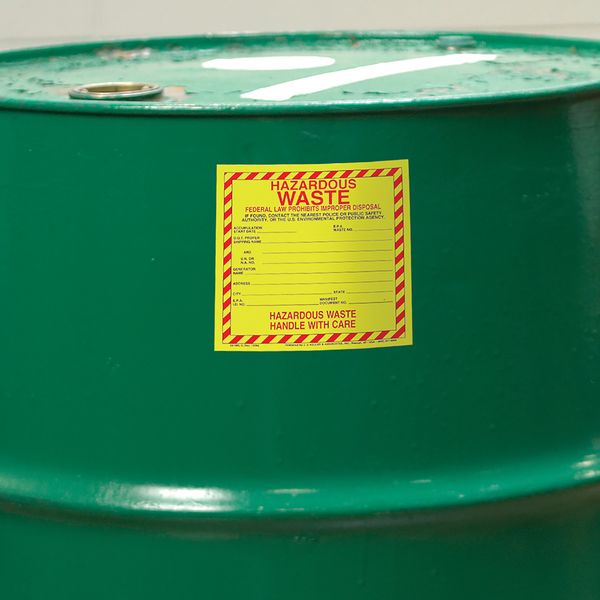Enforcement Focus
A look at where regulators are focusing their enforcement efforts
Enforcement action and monetary penalties are unfortunately common in environmental programs and prove costly to companies. Beyond the penalty assessed, companies often spend even more improving processes to prevent recurrence. This section shares some of the headlines and presents take-away lessons. What happened, and how do you avoid the same situation?
Air quality
The New Mexico Environment Department (NMED) entered into a settlement agreement and compliance order with a natural gas producer that operates multiple facilities in the state. The natural gas company was cited for emitting more than three million pounds of pollutants over a two-year period spanning from 2017 to 2019. The excessive emissions included nitrogen oxides, carbon monoxide, volatile organic compounds, sulfur dioxide, and hydrogen sulfide. The agreement includes a civil penalty as well as an agreement to permanently cease operation of one facility, and additional compliance assurance reporting to the Department.
Enforcement action: $950,000 civil penalty
Lesson learned: Investment, in both ongoing maintenance and capital projects, must be a priority in the operation of source facilities.
Waste
A mattress retailer in central California will be out more than $60,000 for failing to comply with the state’s Used Mattress Recovery and Recycling Act. The retailer had been collecting the required fees from purchases but had not been submitting the moneys to the mattress recycling program, as required. The retailer had also failed to provide inspectors the records that are required by the Act to be kept.
Enforcement action: $63,034 civil penalties and back payments
Lessons learned: Collecting recycling fees and paying permit fees is an important part of compliance programs.
Recycling programs rely on fees collected for funding and therefore take violations seriously.
Chemical reporting
EPA reached a settlement with an animal feed producer in Vermont for alleged violations of the Toxics Release Inventory (TRI) Program. EPA found that the company had failed to file timely TRI reports for zinc and manganese compounds processed at the facility. After the violation was issued, the company shared that zinc and manganese are added to animal feed produced at the Vermont facility and that only a single reporting error had occurred.
Enforcement action: $40,294
Lessons learned: TRI reporting is critical to ensure that communities have access to information about chemicals in their area, even if those chemicals can be healthy in small amounts (such as zinc and manganese).
Zinc and manganese are essential nutrients in small amounts, but they can be toxic in large concentrations.
Wetlands protection
The Massachusetts Department of Environmental Protection (MassDEP) issued a penalty to a waterfront restaurant owner for Wetlands Protection Act violations. During an inspection, MassDEP determined the restaurant had constructed a retaining wall in a wetland resource area without a valid permit. The work had resulted in negative impacts to more than 100 linear feet of coastal bank and 200 square feet of salt marsh. In addition to the civil penalty, the restaurant owner is required to pay for assessments of the structural integrity of the wall and any restorations that are required from those studies.
Enforcement action: $23,200
Lessons learned: Wetland protections apply to projects and companies of all sizes and types, even a restaurant or commercial building.
Investment in environmental assessments prior to work being initiated ends up being more cost effective in the long run.































































